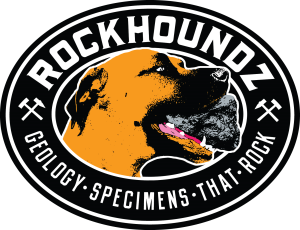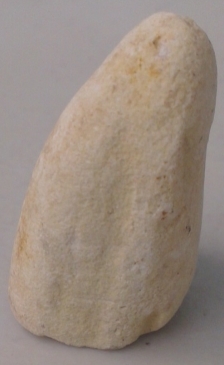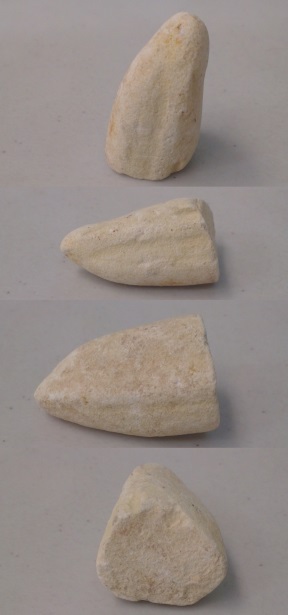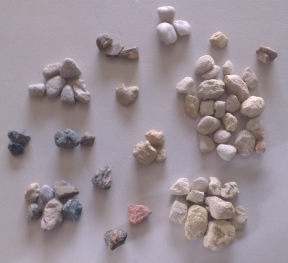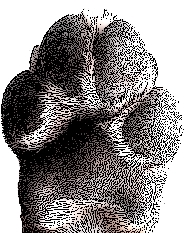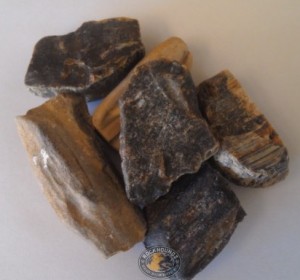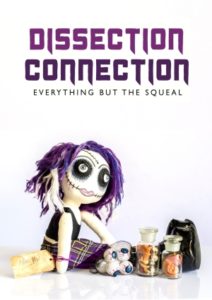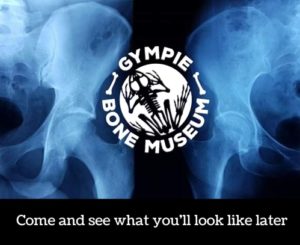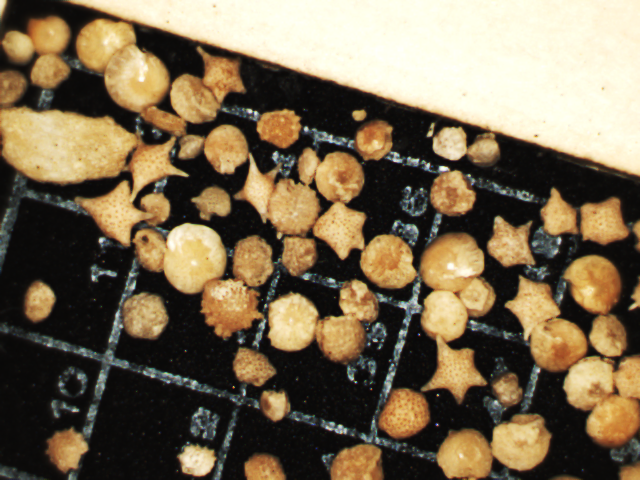
Earlier this month we ran a couple of days workshops in Cairns with Miss Vivi from Dissection Connection. Sadly the Hound had to stay behind but he did get a lovely holiday at the beach with his grandparents.
The final Rockhoundz workhsop on Tuesday afternoon was all about foraminifera and microfossils. Here are a few images from our samples. The first few are from our own exploration in the lab, the final ones were taken during the workhshop on the day. Aren’t they beautiful!
During the workshop I mentioned a PDF booklet full of beautiful photos identifying the species of forams found on the reef. It is available for download from the Reef & Rainforest Research Centre website here: Benthic Forams of the Great Barrier Reef

8000 year old microfossils from North Queensland
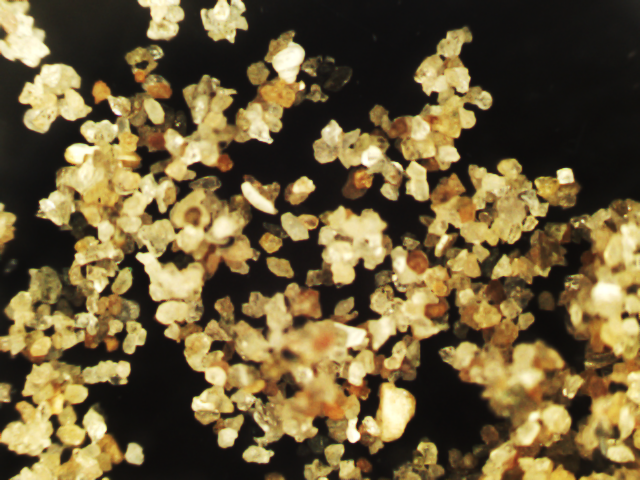
foraminiferous sand from Hervey Bay, QLD – see the foram in the top centre of the picture
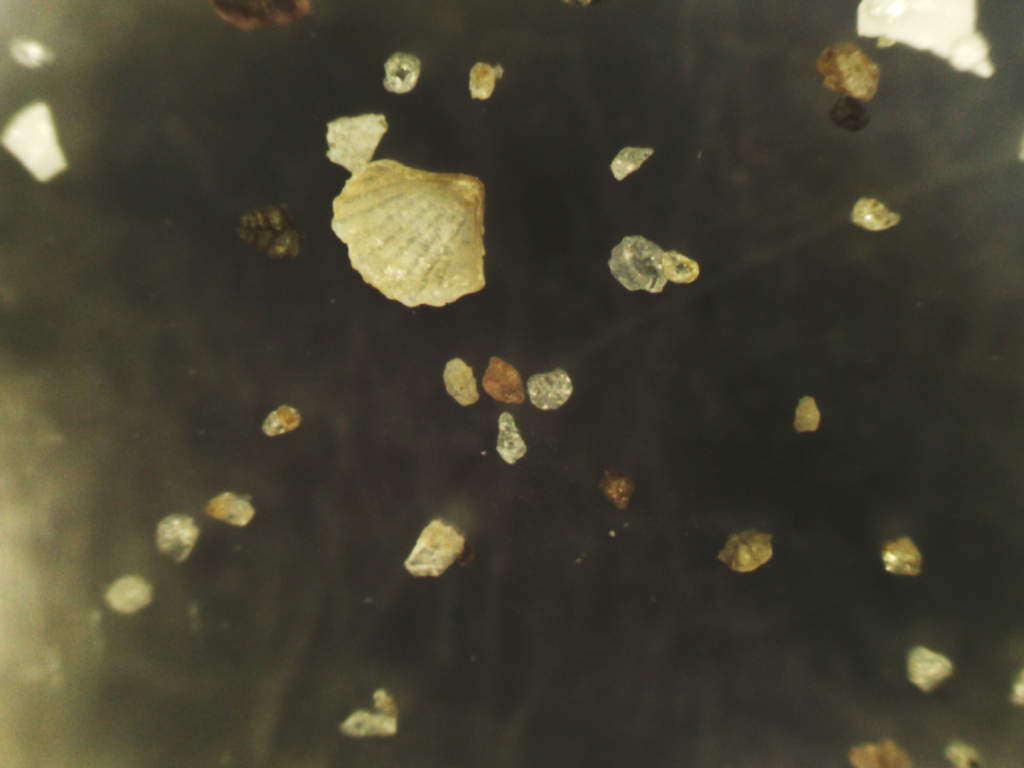
foraminiferous sand from Hervey Bay, QLD
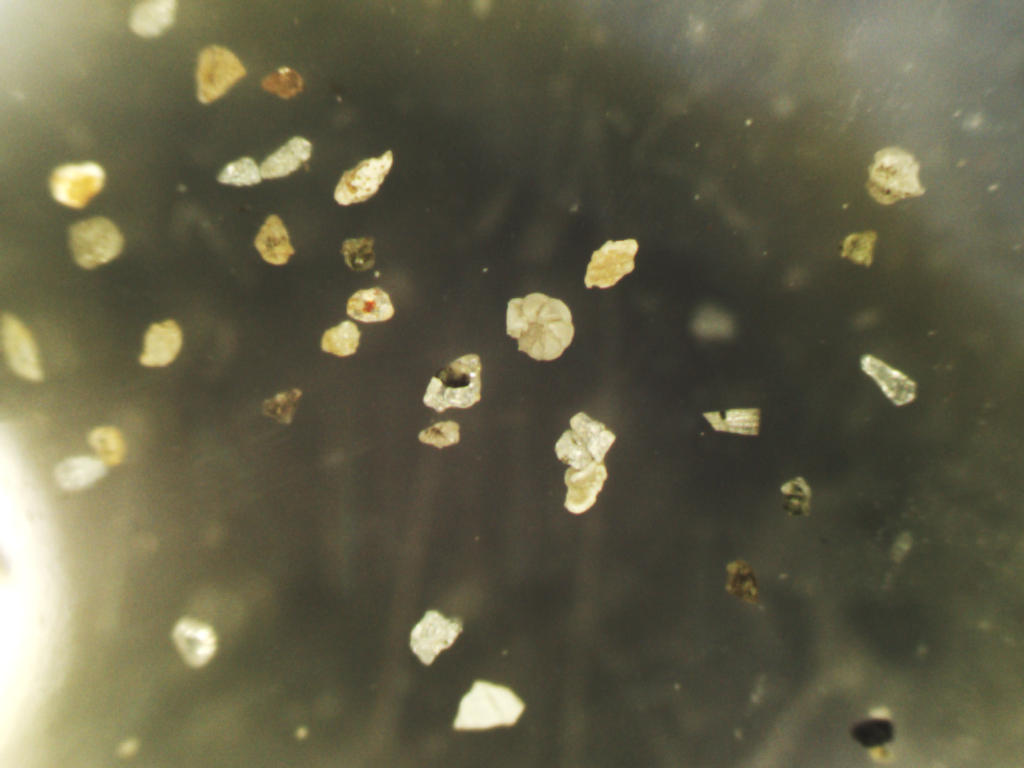
foraminiferous sand from Hervey Bay, QLD

foraminiferous sand from Hervey Bay, QLD
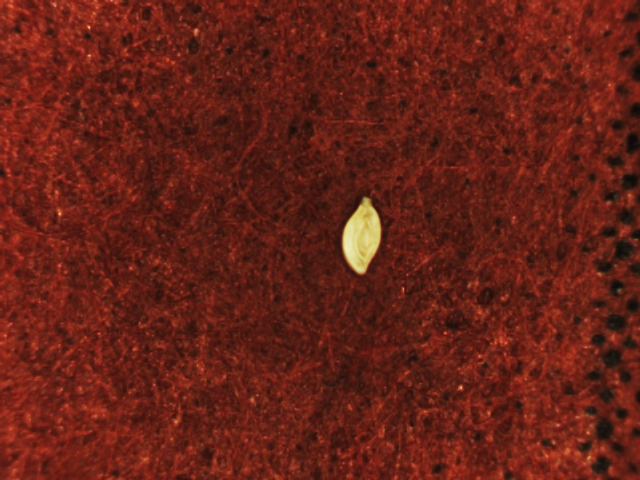
foram found in sample of foraminiferous sand from Hervey Bay, QLD during workshop in Cains June 2015
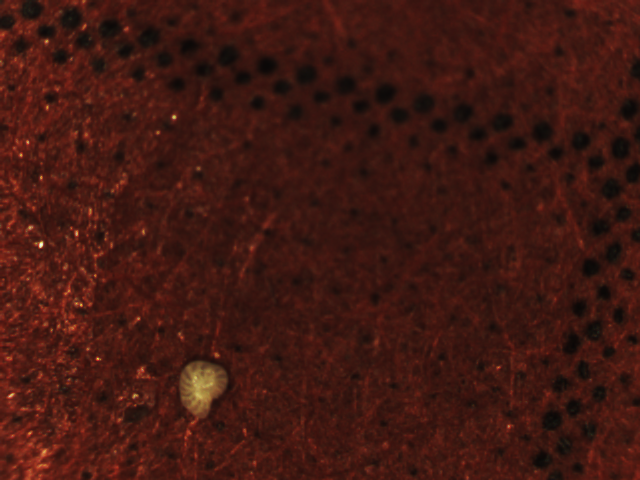
foram found in sample of foraminiferous sand from Hervey Bay, QLD during workshop in Cains June 2015
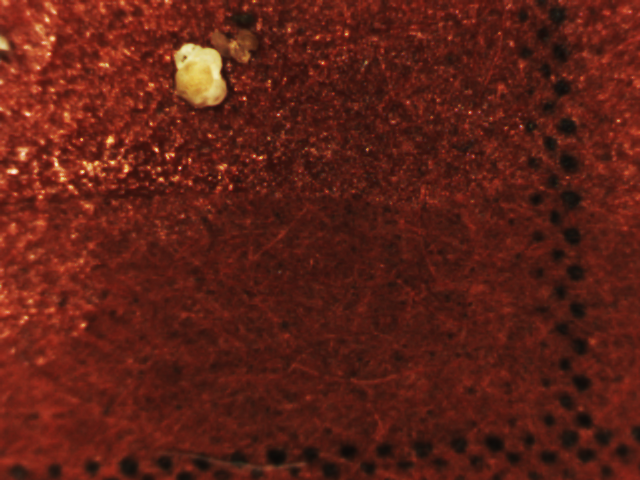
foram found in sample of foraminiferous sand from Hervey Bay, QLD during workshop in Cains June 2015
